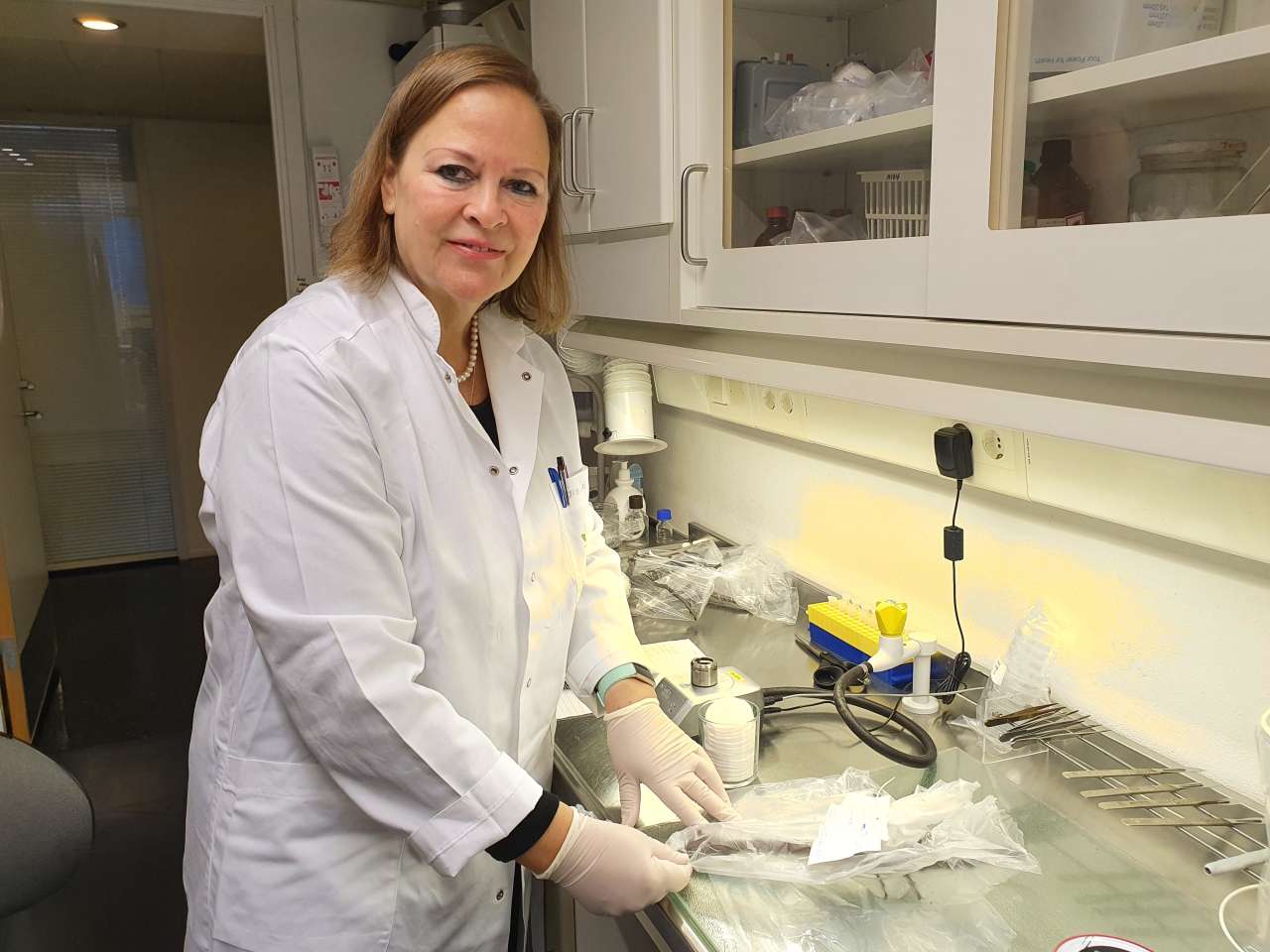More bacterial diseases discovered in trees

Photo: Siri Elise Dybdal.
Bacterial diseases appear to be an increasing problem for trees in Norway, according to a new NIBIO report on forest health.
Plant pathogenic bacteria tend to spread through plant material. The large-scale import of ornamental plants, fruit trees and forest plants is therefore extremely concerning. Among others, the dreaded fire blight plant disease was detected in Norway for the first time in professional fruit cultivation in the summer of 2020.
Pseudomonas syringae is another bacterium that damages fruit trees, but it also attacks tree species in green spaces, forests and other natural environments. For example, the bacterium has been observed in willow, and researchers from NIBIO have isolated the bacterium in several areas with sick or dead willow trees, from Trøndelag to Ås.
"In Norway, we have recorded several incidences of bacterial disease in tree crops. Our focus has been on fruit trees, but forest trees have also been affected, particularly deciduous trees," explains researcher Juliana Perminow.
Norway has had strong import protection and very good plant health. However, the industry called for foreign material in order to access varieties with properties that increase productivity. Plant health was not the main focus, and the authorities have accommodated the industry and removed import bans on items such as plants for planting of pome fruit and strawberry.
So far, NIBIO has not undertaken many projects that involve surveying bacterial diseases in trees, and many of the discoveries have been made purely by chance by interested researchers.
Perminow says that testing plants at the Plant Clinic could be an important way of picking up early signs of outbreaks but notes that outbreaks only tend to be reported when the damage is already extensive.
She now hopes that the authorities will start to see that large-scale imports of plants can have drastic consequences.

